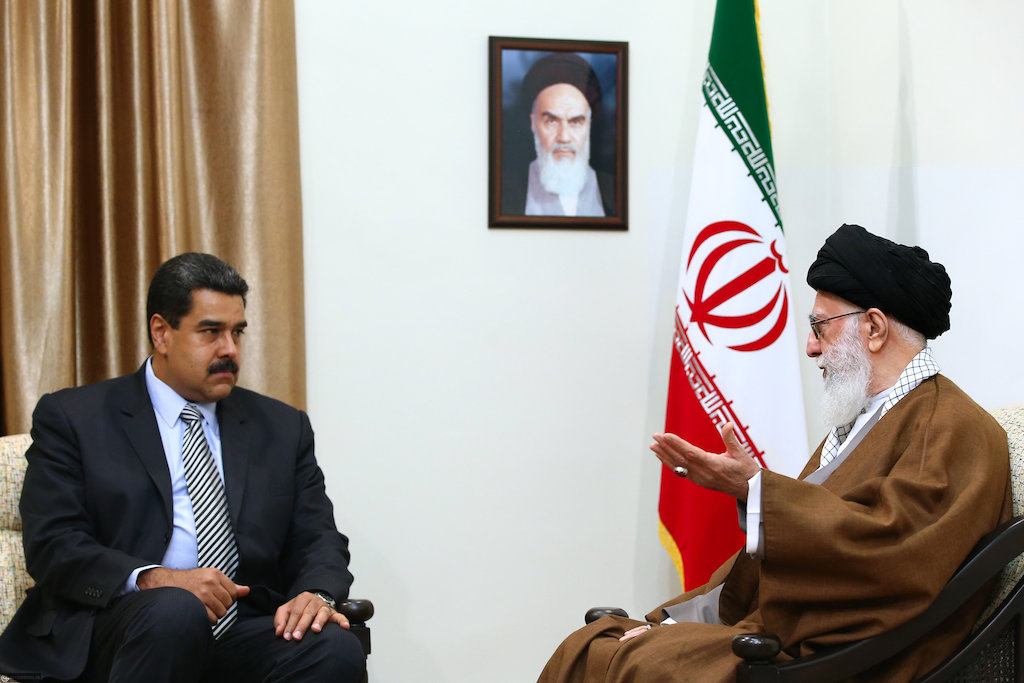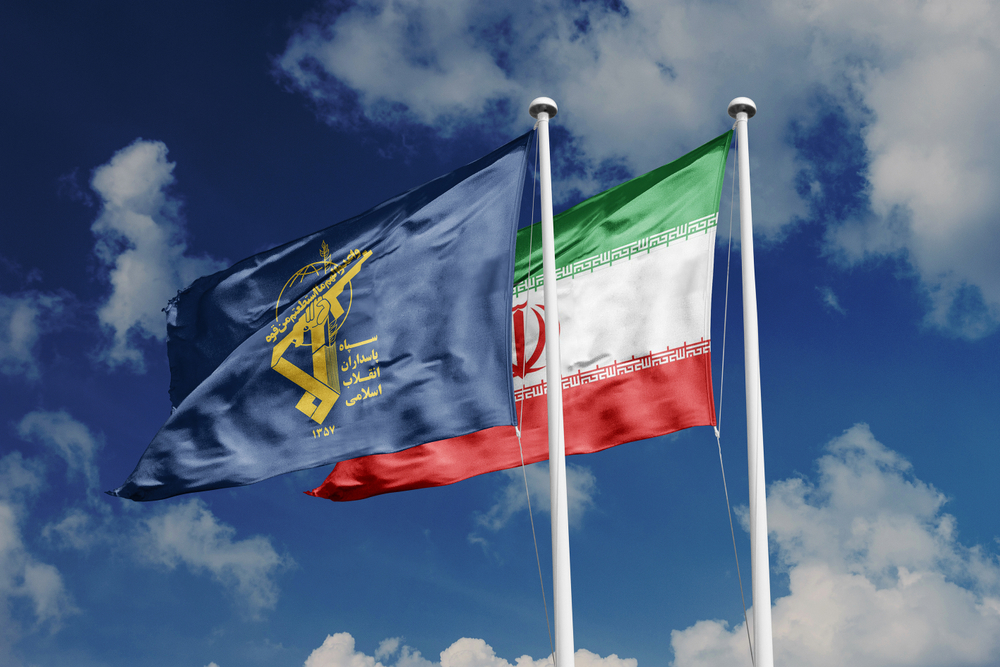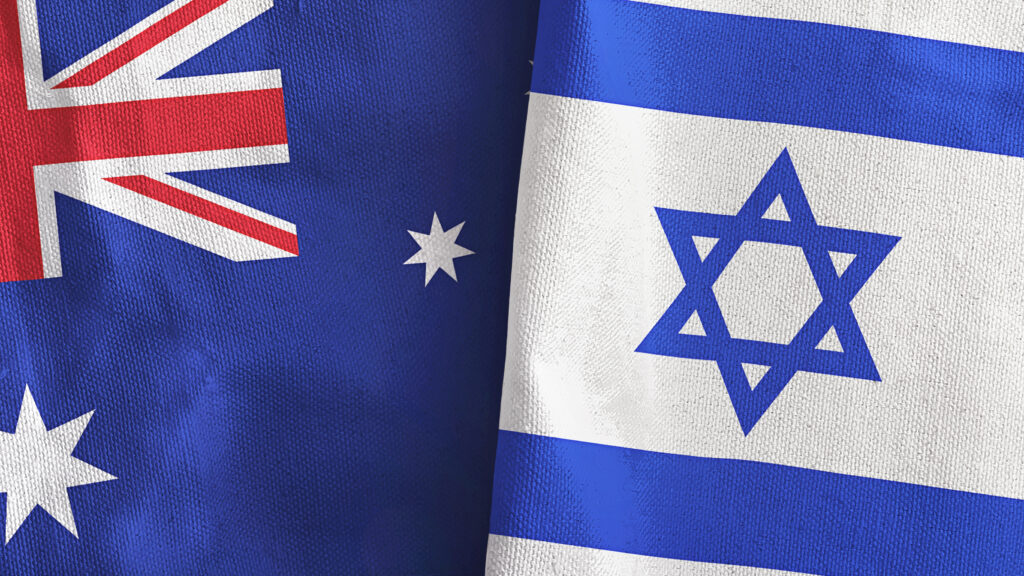IN THE MEDIA
When Israel woke up on October 7
October 7, 2025 | Bren Carlill

Canberra Times – 7 October 2025
Israelis woke up on October 7, 2023. I don’t mean they woke up to the horror unfolding on their south-western border – the murders, the rapes, the mutilations, the kidnapping. I mean, they woke up once again to the grim reality that their enemies mean what they say. And they woke up with a new determination to believe them.
Since before Israel’s 1948 re-establishment, Israel’s enemies have declared their intention to destroy Israel. To “wipe Israel off the map”. To “drive the Jews into the sea”.
They didn’t just declare their intentions; they tried to carry them out. First it was the Arab states surrounding Israel. In the 1970s, these largely gave up, but were replaced with sub-state Islamist actors like Hezbollah and, later, Hamas, most backed by the murderous Iranian regime.
Israel repeatedly told an uninterested world about its enemies’ intentions, waited until it was attacked, then defended itself.
Almost every bad consequence for Palestinians – not least but not only the 1948 refugee crisis and the 1967 occupation – came about when Israel defended itself against enemies determined to destroy it.
In the years before October 7, Israel did what the world had done for eight decades – it lulled itself into believing that its enemies didn’t mean what they said. Israelis thought that if money went into Gaza, if Gazans could work in Israel, if Gaza’s economy improved, then Hamas, as Gaza’s ruler, wouldn’t want to throw that away.
And, indeed, on October 6, 2023, the Gazan economy was strong. Its hospitals were Western standard. It had resorts, restaurants, luxury car shops.
But Hamas attacked anyway, and Israel woke up.
Israel realised, upon waking up, that it could no longer merely watch as its enemies made statements about their intention to destroy Israel and make preparations to attack. No. On October 7, Israel’s position became, ‘if you say that your intention is to destroy us, we will stop you before you act on those intentions’.
That, more than anything else, is the lesson of October 7.
Hamas had buried itself under homes and schools and mosques and inside hospitals, in a 500km-long network of military tunnels. Hamas embedded itself behind and under civilians because it knew that doing so would make the price to remove it terribly high for both Gaza’s civilians and Israel’s reputation. Israeli leaders had always known this, and weren’t ready to pay that price before October 7. Now they were.
Gaza has been flattened. Not because that was Israel’s goal, but because that was the only way to remove Hamas from the Strip. Despite leaders abroad, like our own Foreign Minister Penny Wong, endlessly saying there is no future for Hamas in Gaza, they criticise Israeli tactics but never suggest any serious way to remove Hamas without adopting those tactics.
October 7 explains why Israel cut down the Hezbollah leadership and destroyed all its forward operating bases in southern Lebanon.
October 7 explains why Israel attacked Iran in June, wiping out its top military leadership, and destroying almost all its nuclear and missile production infrastructure – with the US stepping in at the end to finish the job.
Iran loudly and proudly declares its intention to destroy Israel. Now it knows the costs.
Even last month’s Qatar attack should be understood in this light. Whoever you are, wherever you are, if you declare your intention to destroy Israel, you are not safe.
All of this has cost billions of dollars, tens of thousands of lives and done untold damage to Israel’s reputation. But Israel is winning this war.
US President Donald Trump’s ‘20-point plan’ for Gaza is nothing less than a Hamas declaration of surrender, endorsed by two of Hamas’ three main backers, Qatar and Turkey, plus a host of other Arab and Muslim countries, and the entire West.
The plan means no Hamas role, no Hamas arms, Gazans having less Gaza than they started with, Gaza’s education system being deradicalised, and Gazans being temporarily ruled by others since they have proven so completely unable to responsibly rule themselves. It’s Germany, 1945.
The plan stipulates that even if Hamas keeps fighting, Israel will hand over Hamas-free areas of Gaza to the international community for reconstruction and participation in the ‘New Gaza’. It means that the entire world – with the exception of the murderous Iranian regime and other anti-Israel hold-outs – believe that Hamas’ role in ruling Gaza is over.
It has been a long two years since October 7. If the world had believed Israel’s enemies, it wouldn’t have happened. If Israel hadn’t fallen asleep at the wheel, it wouldn’t have happened. But it did happen, and Israel woke up. And Israel won.





